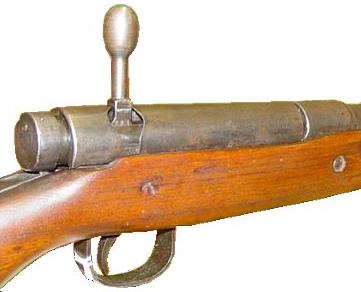
“…cuirass of steel … when brought into a right angle position may be fired in batteries of four and five by pressing the studs and levers, which release the hammers which are cocked by a hook carried on a chain.“ The armor also came with a pair of stirrups that contained two pistols, which would fire by pulling on a strap in case one is pursued or attacked from behind.” Here is a further description from Firearms Curiosa, It was a steel cuirass mounted with 19 pistols.

German executioner’s sword dated 1613, inscribed “ET VERBVM CARO FACTVM EST” (And the Word became Flesh) \ from Czerny’s International Auction House Roman pugio uncovered in Lower Saxony, 3rd century AD Designed for military use, this example is fitted with a coliche-marde blade, which has a widened section at the fort near the hilt to strengthen the blade against heavy attacks. Smallswords, though developed as civilian weapons to be worn with formal court dress, were also used by infantry officers and high-ranking field commanders in battle. Illyrian type bronze helmet, Greek, 6th-5th century BC. A kusarigama (chain-and-sickle weapon) with inscriptions. While a flat blade may be able to fit between some of the less tightly fitted plates where a triangular blade will not, a triangular blade provides a great degree of rigidity, allowing more of the energy of a thrust to pass into the target, rather than into bending the blade. The two handed longsword was also an option, though less common. For a european soldier in the 14th century, the arming sword would be the most common option. They develop around the year 1000, and see use well into the 16th century. The broad, single handed, double edged arming sword is the preeminent sword of the middle ages. They are also thrust-centric swords, but they are typically (true to their name) very small. Smallswords developed out of the rapier in the 1650′s. It was made up of 30 layers of cotton fabric and proved to be able to resist bullet impact in the American expedition of 1871, although it was flammable and too hot to wear in the summer.Īn exceedingly rare Flat-top Great Helm, Holy Roman Empire, 1251-1300, housed at the Germanisches Historisches Museum. \ from The Wallace CollectionĬhinese officer’s helmet, Han Dynasty, 200 BC - 200 AD \ from Global Auctions Inc.īronze sword, Greece, 12th-8th century BC \ from Pax Romana AuctionsĪ design of bulletproof armor commissioned by Heungseon Daewongun, ruler of the Korean kingdom of Joseon after the French expedition of 1866. Gold decorated comb morion atrributed to Hans Michel of Nureburg, Germany, circa 1580. Etched and gilt morion of the Saxon Trabant Guard, 16th century \ from Hermann Historica


 0 kommentar(er)
0 kommentar(er)
